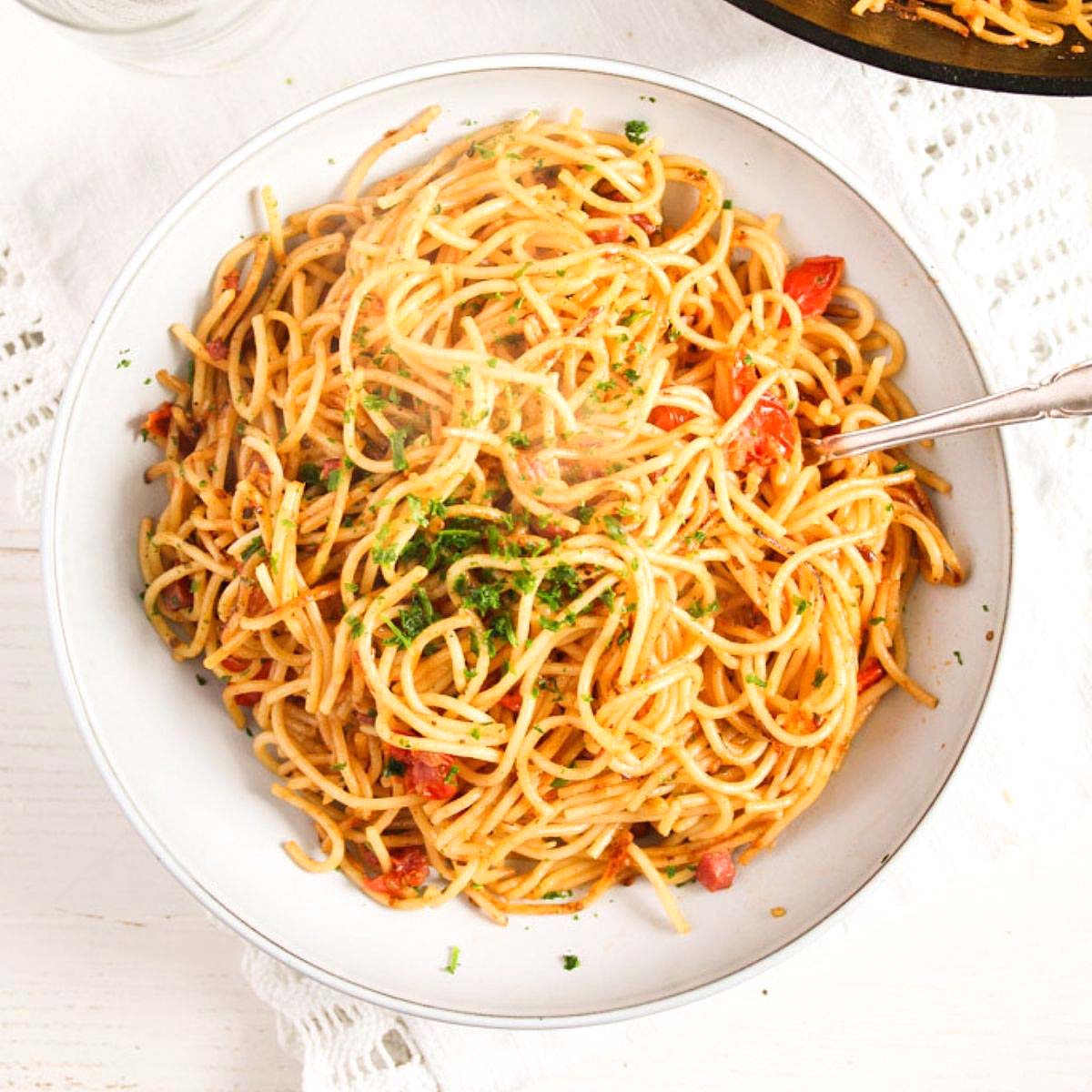

Articles
How To Store Leftover Spaghetti
Modified: April 23, 2024
Learn the best ways to store leftover spaghetti and keep it fresh for future meals. Our articles provide tips and tricks to maximize food preservation.
(Many of the links in this article redirect to a specific reviewed product. Your purchase of these products through affiliate links helps to generate commission for Storables.com, at no extra cost. Learn more)
Introduction
Leftover spaghetti can be a delicious and convenient meal option. Whether you had a hearty pasta dinner the night before or simply cooked too much spaghetti, knowing how to store it properly can help you enjoy it for another meal. Proper storage not only ensures that your leftover spaghetti stays fresh, but it also helps maintain its flavor and texture.
In this article, we will discuss the importance of storing leftover spaghetti and provide you with helpful tips and techniques to keep it fresh for longer periods. We will also cover the best storage containers to use and provide step-by-step instructions on how to store and reheat your spaghetti to get the most out of your leftovers.
So, if you’re wondering what to do with that extra bowl of spaghetti in your fridge, read on to discover the secrets to storing and enjoying your leftover spaghetti in the best possible way!
Key Takeaways:
- Don’t let leftover spaghetti go to waste! Proper storage reduces food waste, saves time and money, and offers convenience and versatility for future meals. Enjoy delicious, reheat-ready spaghetti with these helpful tips.
- Choose the right storage containers and follow simple steps to store leftover spaghetti properly. Maximize freshness and flavor, and enjoy reheating options for a delicious meal with minimal effort.
Read more: How To Store Spaghetti
Why Store Leftover Spaghetti?
Leftover spaghetti can be a lifesaver when it comes to quick and easy meals. But why should you bother storing it properly instead of simply tossing it into a container and forgetting about it? Here are a few reasons:
- Reducing Food Waste: Storing leftover spaghetti properly allows you to avoid wasting food. Instead of throwing it away, you can save it for another meal and make the most of your ingredients.
- Time and Money Saving: Having leftover spaghetti means you have a meal ready to go with minimal effort. By storing it properly, you can easily heat it up and enjoy a delicious homemade meal without spending extra time or money.
- Convenience: Having a stash of leftover spaghetti in your fridge means you always have a meal option available. It’s a great solution for busy days when you don’t have time to cook from scratch.
- Variety and Versatility: Stored spaghetti can be transformed into new dishes or incorporated into other recipes. It can be used in casseroles, soups, or even as a base for stir-fry dishes.
- Flavor Enhancement: As leftover spaghetti sits and the flavors meld together, it can actually become even more delicious. Proper storage ensures that the flavors are preserved and that the spaghetti doesn’t dry out.
Now that you know why it’s important to store your leftover spaghetti, let’s delve into the best storage containers to use and how to store it properly to maintain its freshness and quality.
Best Storage Containers for Leftover Spaghetti
When it comes to storing leftover spaghetti, choosing the right container is crucial to maintain its freshness and prevent it from drying out or developing unwanted flavors. Here are some of the best storage containers for storing spaghetti:
- Glass Containers: Glass containers are an excellent choice for storing leftover spaghetti. They are non-reactive, meaning they won’t absorb odors or flavors from the food. Glass containers are also microwave-safe, allowing you to reheat your spaghetti directly in the same container.
- Plastic Containers: Look for high-quality plastic containers that are BPA-free and food-grade. These containers are lightweight and often come with tight-sealing lids to keep your spaghetti fresh. Make sure to choose containers that are microwave-safe if you plan to reheat your spaghetti in them.
- Ziplock Bags: If you’re short on space or prefer a more flexible storage option, ziplock bags can be a great choice. They are easy to stack and take up less space than containers. However, be sure to choose freezer-grade bags to prevent freezer burn and leakage.
- Vacuum-sealed Bags: For ultimate freshness, consider using vacuum-sealed bags. These bags remove excess air, preventing freezer burn and preserving the flavor and texture of your leftover spaghetti.
When selecting storage containers, ensure they have a tight-sealing lid to keep air out and maintain the quality of your spaghetti. Remember to choose containers that are appropriate for your storage needs, whether you’re refrigerating the spaghetti for a few days or freezing it for longer-term storage.
Now that you know which containers work best, let’s move on to the steps for storing leftover spaghetti properly.
Steps to Store Leftover Spaghetti
Properly storing leftover spaghetti is essential to maintain its taste and texture. Follow these simple steps to store your spaghetti correctly:
- Cool It Down: Allow the leftover spaghetti to cool down before storing it. This helps prevent condensation and keeps the pasta from becoming mushy.
- Portion Control: Divide the spaghetti into individual portions or as per your serving needs. This way, you can easily take out and thaw only the amount you’ll be using, reducing waste and ensuring the rest remains fresh.
- Choose the Right Container: Select a suitable storage container based on the quantity of spaghetti you have. If using a plastic container, make sure it has a secure lid. If using a ziplock bag, remove as much air as possible before sealing.
- Add Sauce or Oil: To prevent the spaghetti from sticking together, toss it with a bit of sauce or drizzle some olive oil over it before storing. This helps keep the pasta strands separate and maintains their texture.
- Label and Date: Always label the container or bag with the date and contents. This way, you can keep track of the freshness and easily identify the spaghetti later on.
- Store in the Fridge or Freezer: Place the container of spaghetti in the refrigerator if you plan to consume it within a couple of days. If you want to store it for an extended period, transfer it to the freezer for longer shelf life.
By following these steps, you can ensure that your leftover spaghetti stays fresh and retains its deliciousness for future meals. Next, let’s take a look at some tips to help you store leftover spaghetti properly.
Store leftover spaghetti in an airtight container in the refrigerator for up to 3-5 days. To prevent it from sticking together, toss it with a little olive oil before storing.
Tips for Properly Storing Leftover Spaghetti
To ensure that your leftover spaghetti stays fresh and tasty, here are some helpful tips for properly storing it:
- Use Freshly Cooked Spaghetti: Start with freshly cooked spaghetti for better texture and flavor. Avoid storing leftover spaghetti that has been sitting out at room temperature for too long.
- Allow It to Cool: Let the spaghetti cool down for at least 30 minutes before transferring it to the storage container. This allows excess moisture to evaporate and prevents the pasta from becoming mushy.
- Separate the Sauce: If your spaghetti is covered in sauce, consider storing the sauce separately from the pasta. This prevents the spaghetti from absorbing too much moisture and becoming soggy.
- Avoid Overcooking: Cook the spaghetti just until al dente, as it will continue to cook slightly when reheated. Overcooked pasta can become mushy and lose its texture when stored.
- Seal the Containers Well: Ensure that the storage containers or bags are tightly sealed to prevent air from getting in. This keeps the spaghetti fresh and avoids freezer burn if you are freezing it.
- Store in Single Servings: Consider dividing the leftover spaghetti into individual servings. This makes it easier to defrost and reheat only what you need, reducing waste and preserving the quality of the remaining portions.
- Keep it Away from Strong Odors: Store your leftover spaghetti away from strongly aromatic foods in the refrigerator or freezer. Spaghetti can easily absorb odors from other foods, compromising its taste.
- Rotate and Use First-In, First-Out: If you have multiple containers of leftover spaghetti in the freezer, use the oldest ones first. This ensures that nothing goes to waste and maintains the best quality of the stored spaghetti.
By following these tips, you can maximize the freshness and flavor of your leftover spaghetti and enjoy it for later meals. Now that we know how to store it properly, let’s discuss how long you can safely keep leftover spaghetti.
Read more: How To Store Spaghetti Noodles
How Long Can You Store Leftover Spaghetti?
The storage life of leftover spaghetti depends on whether you are refrigerating or freezing it. Here are some general guidelines for how long you can safely store leftover spaghetti:
Refrigeration:
You can store leftover spaghetti in the refrigerator for up to 3-5 days. Make sure it is stored in airtight containers to keep it fresh. If the spaghetti has any meat or seafood sauce, it is recommended to consume it within 2-3 days.
Freezing:
If you want to extend the shelf life of your leftover spaghetti, you can freeze it. Properly stored, frozen spaghetti can be kept for 1-2 months. After this time, the quality may start to deteriorate, although it will still be safe to consume.
Remember to always label and date your containers or bags so you can keep track of how long the spaghetti has been stored. If there are any signs of spoilage, such as an off odor, unusual texture, or mold growth, discard the spaghetti right away.
It is important to note that the storage times mentioned above are general guidelines and may vary depending on the specific ingredients and preparation of your spaghetti. Always use your judgment and rely on your senses to determine if the spaghetti is still safe to consume.
Now that you know how long you can store leftover spaghetti, let’s move on to the next important step: reheating your spaghetti to enjoy it again.
How to Reheat Leftover Spaghetti
Reheating leftover spaghetti is simple and can be done using a few different methods. Here are some options for reheating your spaghetti:
- Microwave: Transfer the desired portion of spaghetti to a microwave-safe dish. Cover it with a microwave-safe lid or microwave-safe plastic wrap, leaving a small vent to allow steam to escape. Microwave for 1-2 minutes, stirring halfway through, until the spaghetti is heated through.
- Stovetop: Add a small amount of olive oil or butter to a skillet over medium heat. Once the oil is heated, add the spaghetti and gently toss it to evenly distribute the heat. Cook for a few minutes, stirring occasionally, until the spaghetti is heated through.
- Oven: Preheat your oven to 350°F (175°C). Place the leftover spaghetti in an oven-safe dish and cover it with aluminum foil. Bake for about 15-20 minutes, or until the spaghetti is heated all the way through.
Regardless of the method you choose, make sure to stir the spaghetti occasionally during the reheating process to distribute the heat evenly. This helps prevent any cold spots and ensures that the spaghetti is thoroughly heated.
It’s important to note that microwave and stovetop methods are quicker, while the oven method may take a bit longer but can be useful for larger quantities or for reheating a baked spaghetti dish.
Once your leftover spaghetti is heated, you can enjoy it as is or add fresh toppings, grated cheese, or herbs to enhance the flavor. Remember to always check the temperature of the spaghetti before consuming to ensure it is hot all the way through.
Now that you know how to reheat your leftover spaghetti, you’re ready to enjoy a delicious meal once again!
Conclusion
Leftover spaghetti can be a wonderful meal option, providing convenience and versatility. By properly storing your leftover spaghetti, you can avoid wasting food, save time and money, and always have a delicious meal option at hand.
In this article, we discussed the importance of storing leftover spaghetti and provided you with useful tips and techniques. We explored the best storage containers and outlined the steps to store your spaghetti properly. We also discussed how long you can safely store leftover spaghetti in the refrigerator or freezer.
Additionally, we covered different methods for reheating your leftover spaghetti, such as using the microwave, stovetop, or oven. These methods allow you to enjoy your spaghetti again with minimal effort and maintain its taste and texture.
Remember to label your containers, portion your spaghetti appropriately, and follow the recommended storage times to ensure the best quality and flavor. Trust your senses and discard any leftover spaghetti that shows signs of spoilage.
So, the next time you find yourself with leftover spaghetti, don’t let it go to waste. Make use of the tips and techniques provided in this article to store and reheat your spaghetti, giving it a second life as a delicious meal.
Enjoy your leftover spaghetti, and bon appétit!
Frequently Asked Questions about How To Store Leftover Spaghetti
Was this page helpful?
At Storables.com, we guarantee accurate and reliable information. Our content, validated by Expert Board Contributors, is crafted following stringent Editorial Policies. We're committed to providing you with well-researched, expert-backed insights for all your informational needs.

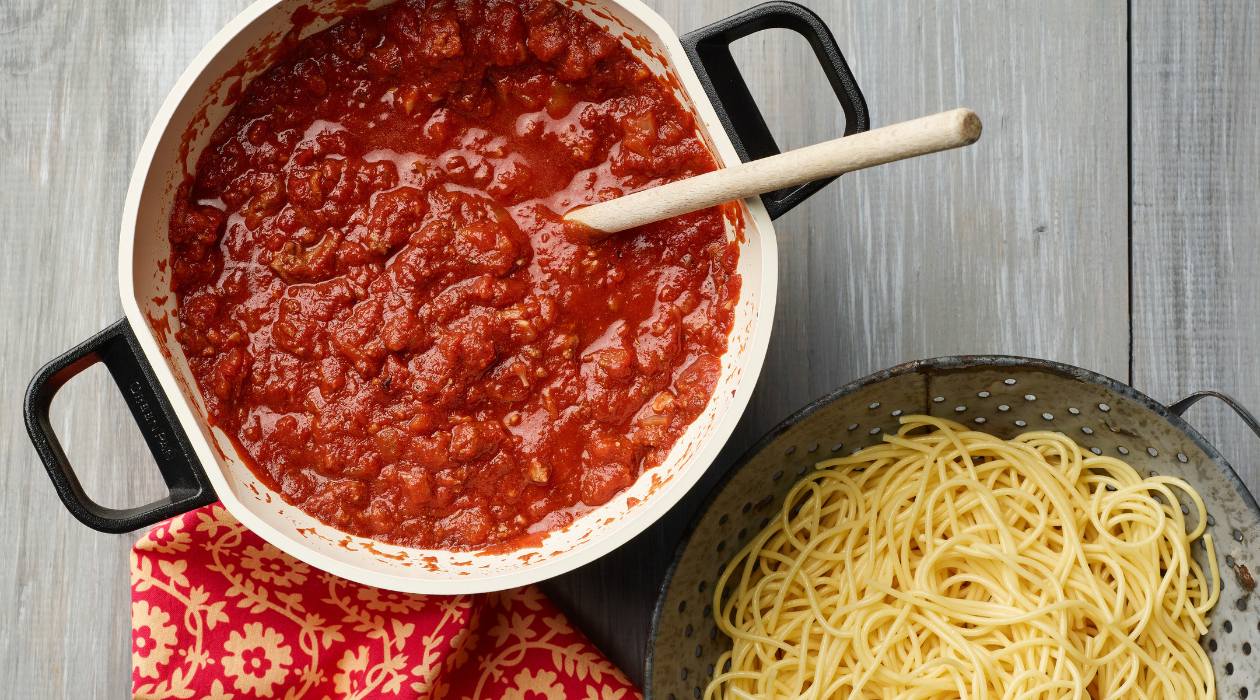

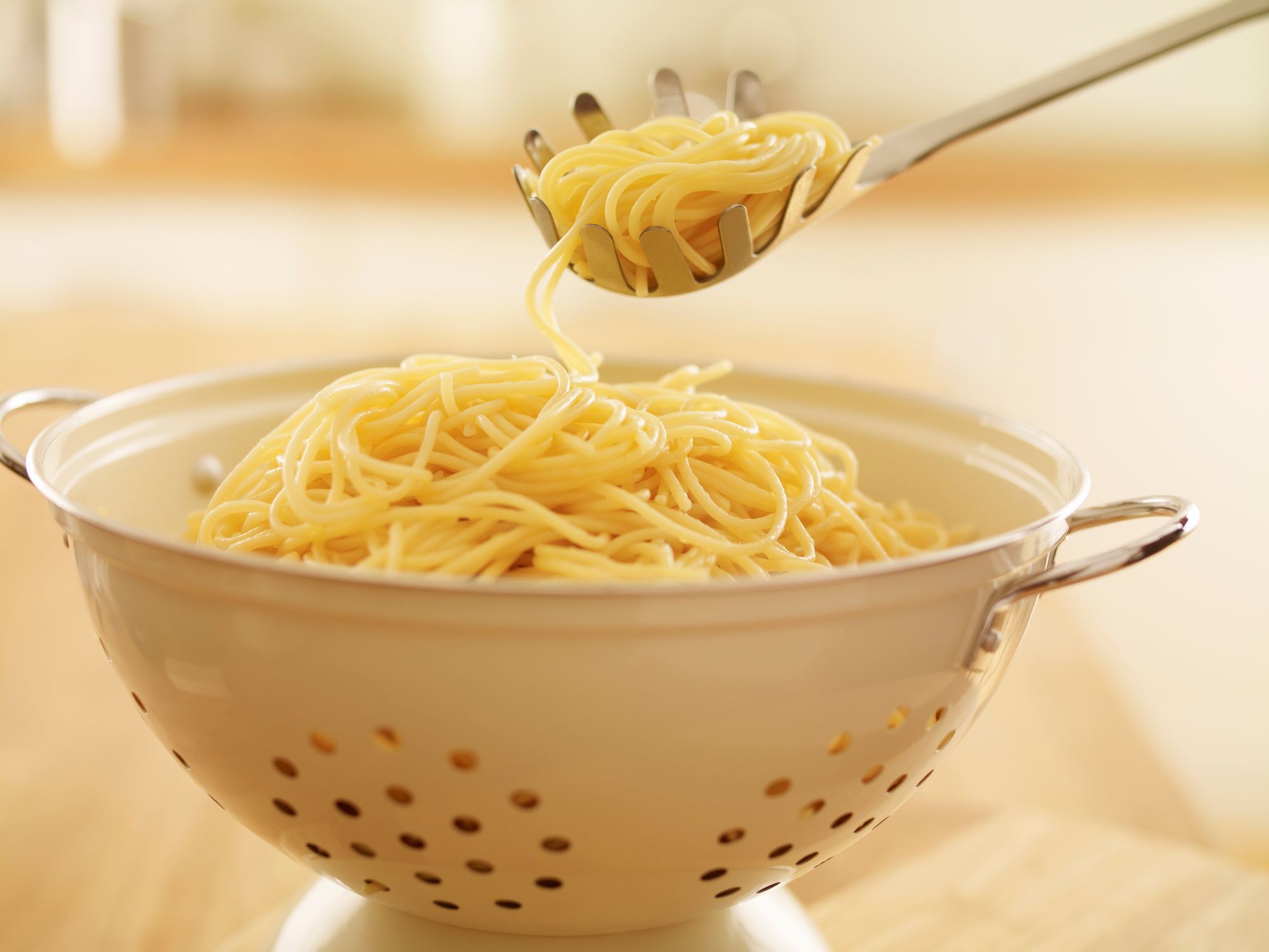
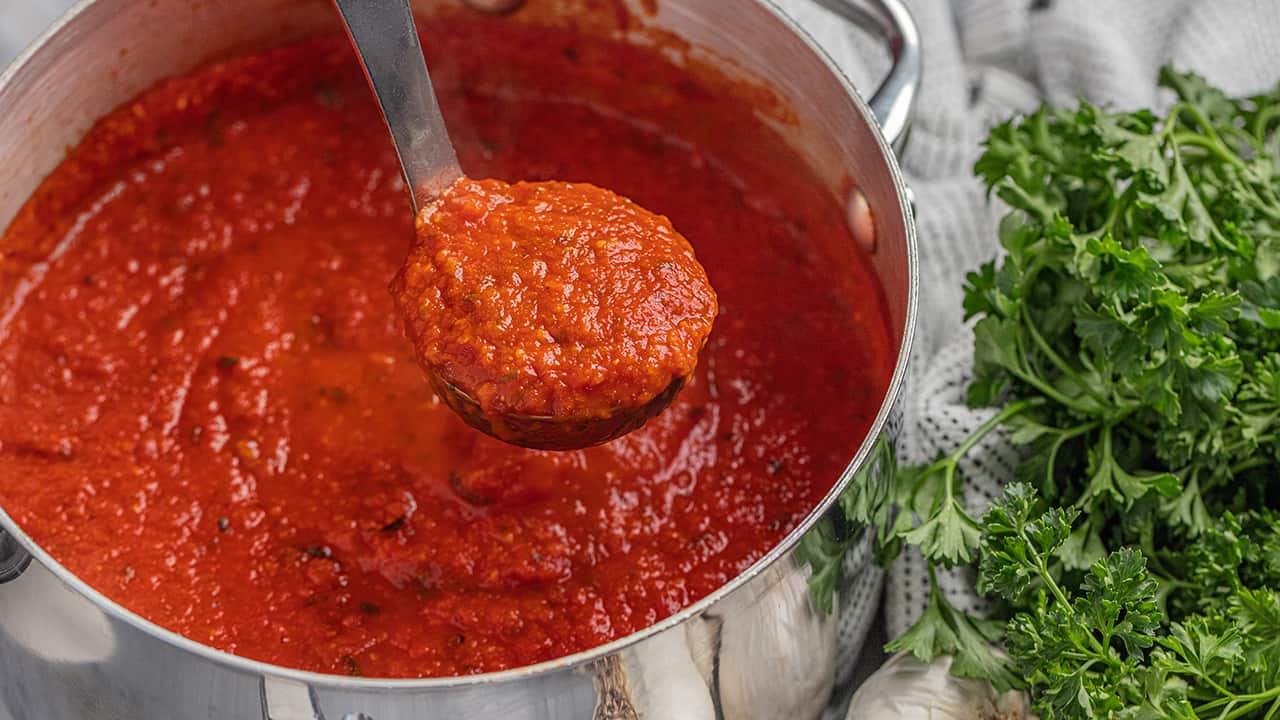




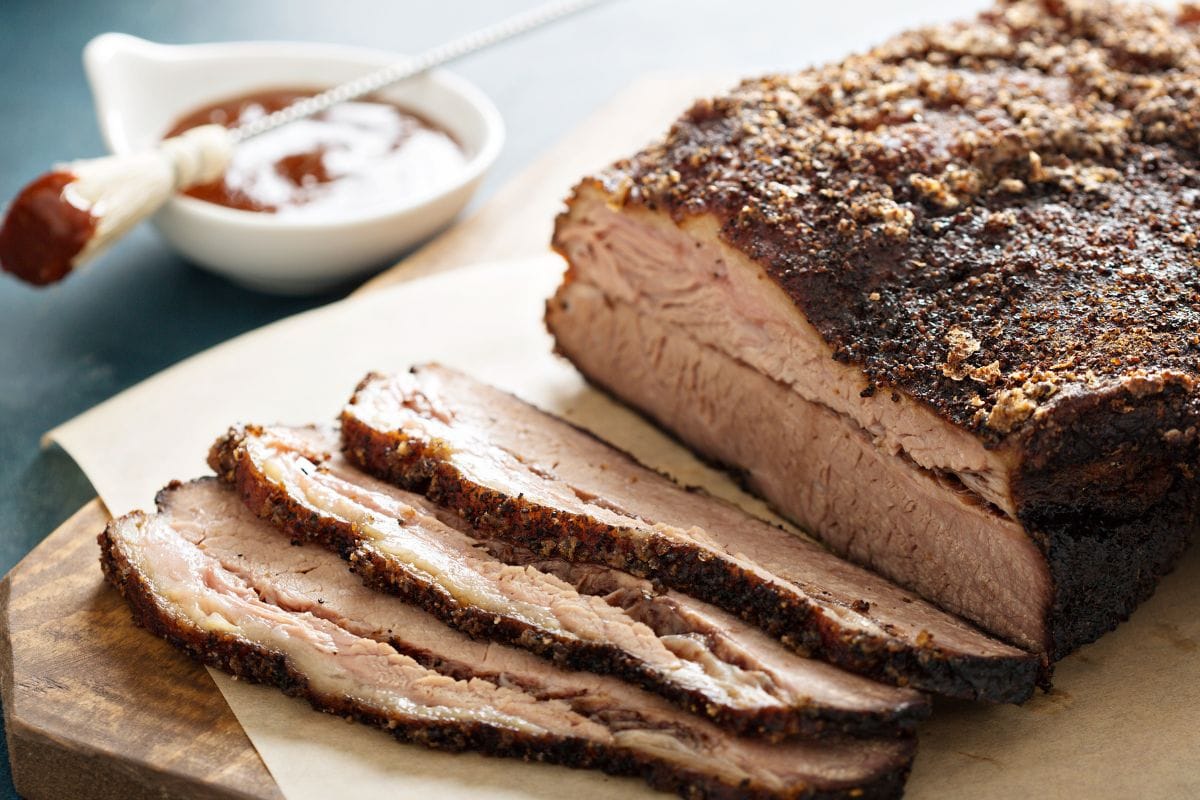



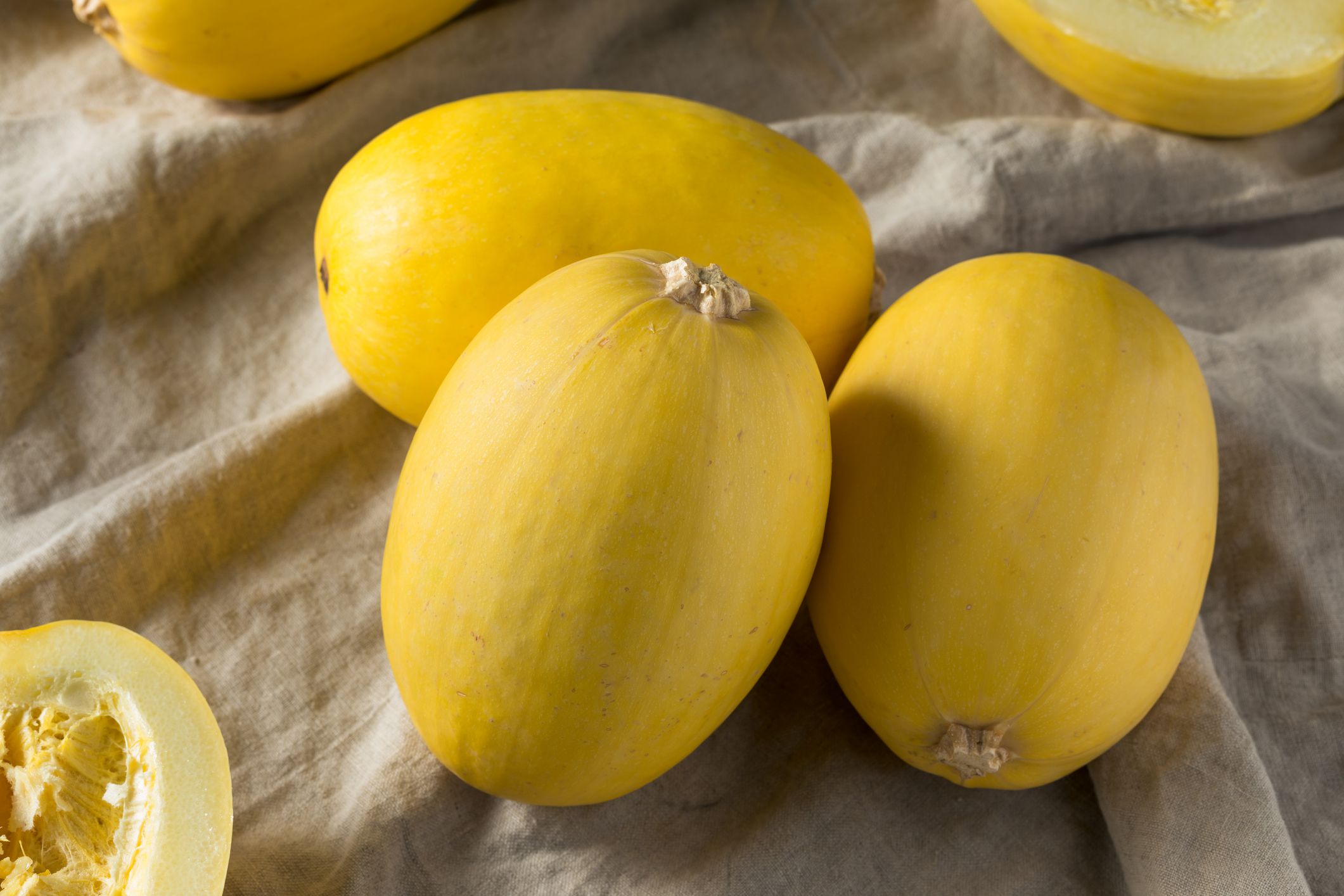

0 thoughts on “How To Store Leftover Spaghetti”